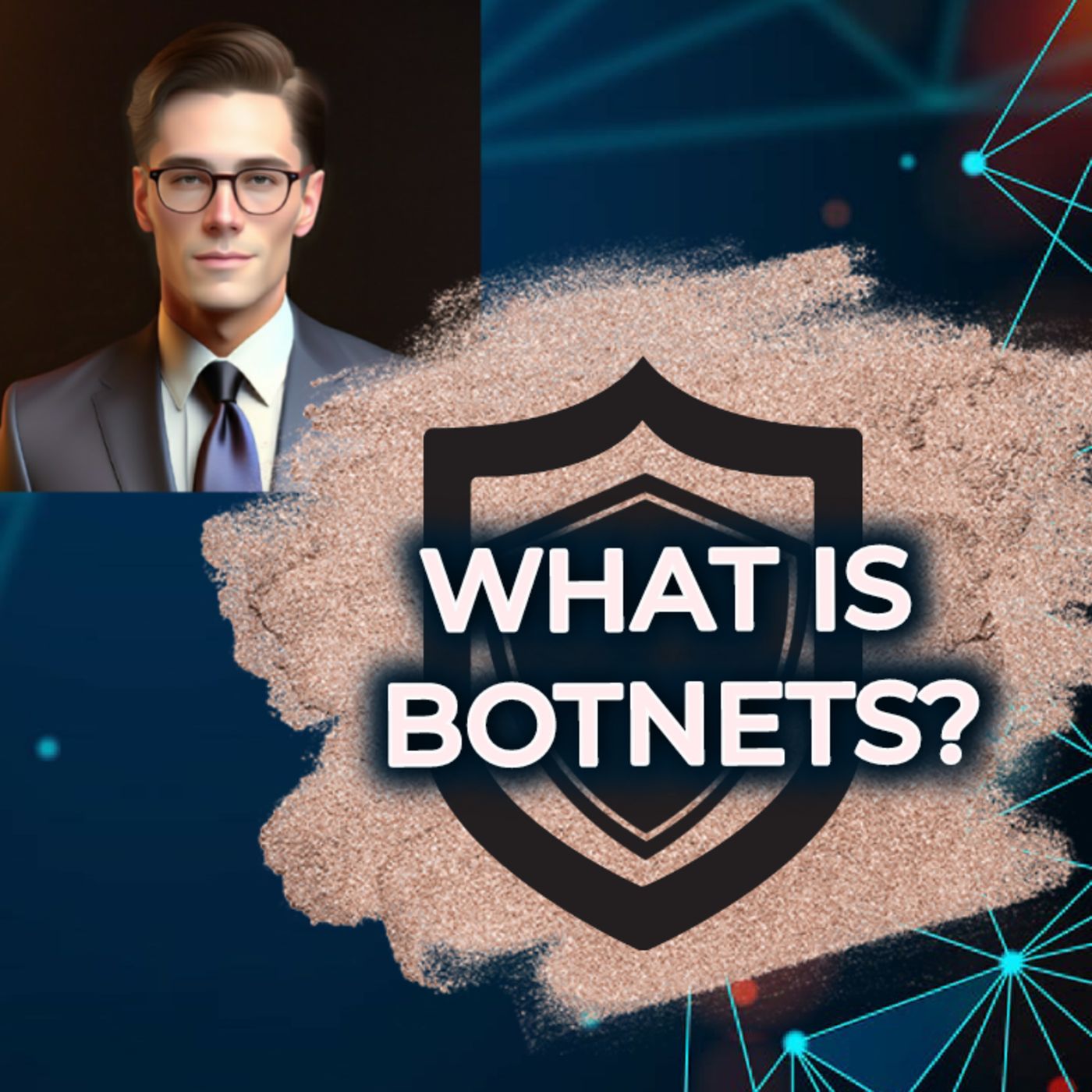What is Botnets?
- Author
- ANUGRAH SIMANJUNTAK
- Published
- Tue 15 Aug 2023
- Episode Link
- https://www.spreaker.com/episode/what-is-botnets--60471914
A "botnet" is a term commonly used in the field of cybersecurity and ethical hacking to refer to a network of compromised computers or devices that are under the control of a malicious actor, known as a "botmaster" or "bot herder." Botnets are often used for various malicious activities, including cyberattacks, data theft, spreading malware, and more. Ethical hackers and cybersecurity professionals study botnets to better understand their behavior and develop defenses against them. Here's a detailed description of botnets in the context of ethical hacking: **Definition and Formation:** A botnet is essentially a collection of computers or devices that have been infected with malicious software, often referred to as "bots" or "zombies." These compromised devices are typically under the control of a single entity, the botmaster, who can command them to perform certain actions remotely. **Infection and Control:** Botnets are created by infecting devices with malware, often through tactics like phishing emails, drive-by downloads, or exploiting vulnerabilities in software. Once a device is infected, it becomes part of the botnet, allowing the botmaster to control it without the user's knowledge. **Command and Control (C&C) Servers:** The botmaster manages the botnet through a network of Command and Control (C&C) servers. These servers serve as the central hub through which the botmaster sends commands to the compromised devices and collects data from them. The use of multiple C&C servers makes it harder for cybersecurity experts to dismantle the botnet. **Malicious Activities:** Botnets can be used for a range of malicious activities, including launching Distributed Denial of Service (DDoS) attacks, sending spam emails, stealing sensitive information (such as login credentials or financial data), distributing malware (like ransomware or keyloggers), and participating in cryptocurrency mining. **Stealth and Persistence:** Malware used in botnets is often designed to remain hidden from the user and security software, making detection and removal challenging. The botnet's ability to persistently control and utilize infected devices is a key characteristic that makes it a powerful tool for cybercriminals. **Ethical Hacking and Defense:** Ethical hackers, also known as white hat hackers, study botnets to understand their tactics, techniques, and procedures. By analyzing botnet behavior, ethical hackers can develop strategies to detect and mitigate these threats. They also work on identifying vulnerabilities in systems that could be exploited to create or spread botnets. **Prevention and Mitigation:** To defend against botnets, organizations and individuals should follow cybersecurity best practices such as regularly updating software, using strong and unique passwords, implementing firewalls, and deploying reputable antivirus software. Network monitoring, intrusion detection systems, and behavior-based analysis are also crucial for detecting and mitigating botnet activity. In summary, botnets are a significant cybersecurity concern, and ethical hackers play a crucial role in understanding and countering their threat. By studying botnet behavior and vulnerabilities, ethical hackers contribute to the ongoing battle against cybercrime and work to create a safer digital environment.
